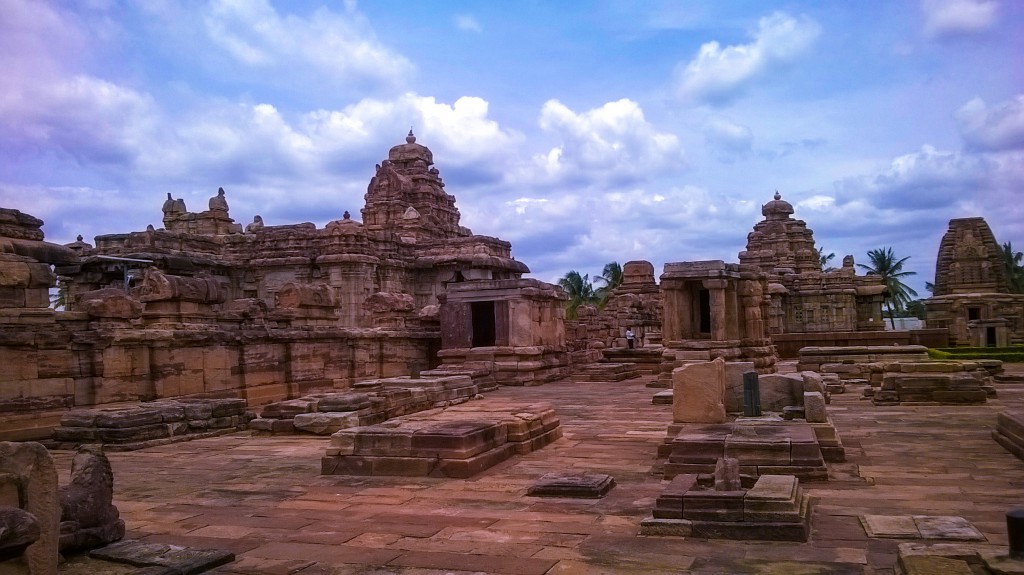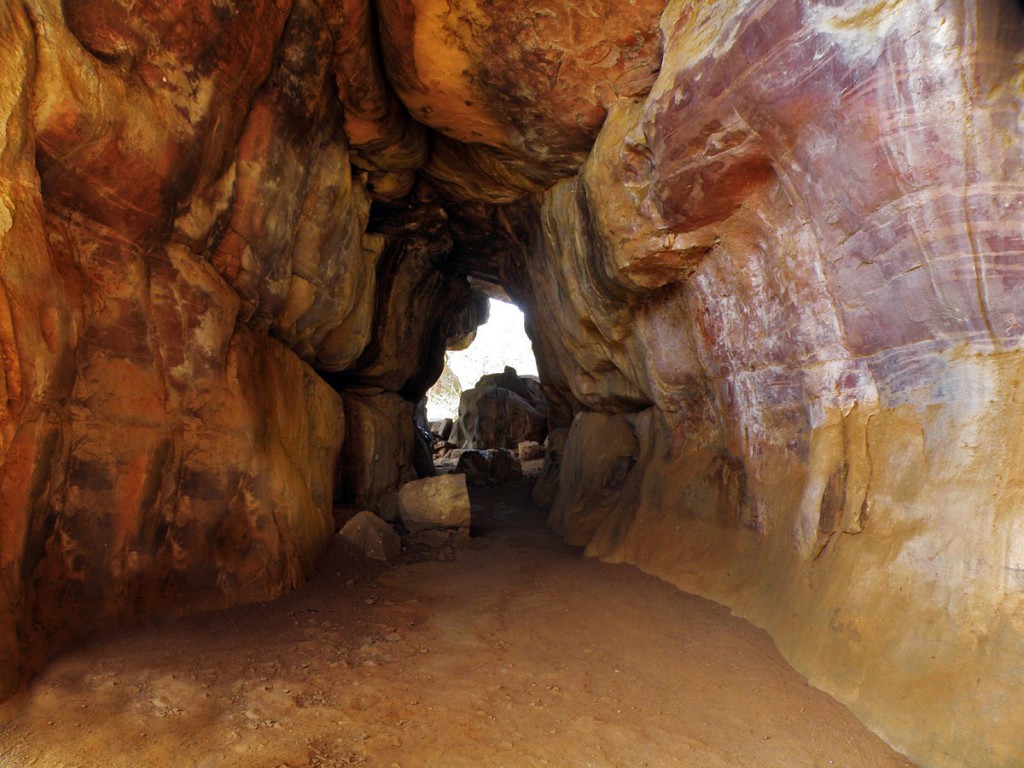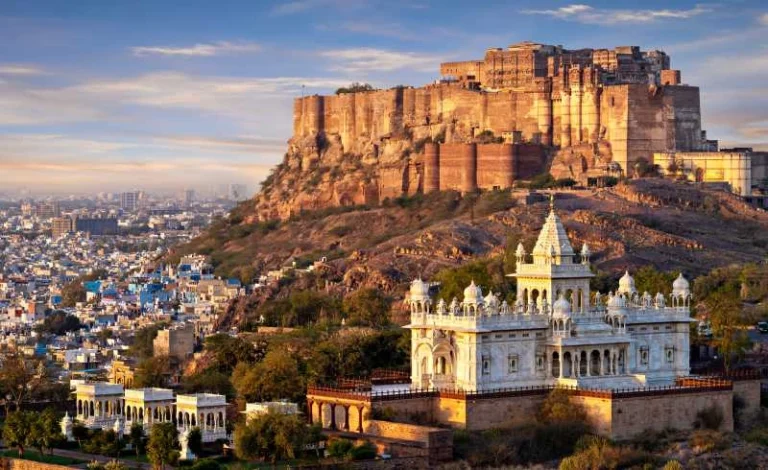June 7, 2016
India is home to 32 World Heritage Sites in India that are recognised by the United Nations Educational, Scientific, and Cultural Organization (UNESCO) as on 2014. All of these are managed by the Archeological Survey of India. Many of them are well known, particularly monuments such as the Red Fort in Delhi, erotic temples of Khajuraho, the iconic Taj Mahal in Agra, ruins of Hampi in Karnataka, Sundarbans National Park in West Bengal and the Ajanta and Ellora caves in Maharashtra.

Undoubtedly, there are also a number of lesser-known sites that are of importance. Some of them, you may never have heard of!
Champaner-Pavagadh Archaeological Park, Gujarat

In the image: Jami Masjid
This UNESCO World Heritage Site is located in Panchmahal district in Gujarat, India. The only complete and unchanged Islamic pre-Mughal city boasts fortifications, palaces, religious buildings, residential precincts, agricultural structures and water installations, from the 8th to 14th centuries. The Kalikamata Temple on top of Pavagadh Hill is an important Hindu shrine which attracts large numbers of pilgrims throughout the year.
Group of Monuments at Pattadakal, Karnataka

The groups of 8th-century monuments in Pattadakal symbolize the amalgamation of the earliest experiments in the vesara style of Hindu temple architecture. The town displays both Dravidian (Southern) and the Nagara (Northern) styles of temple architecture. An impressive series of nine Hindu temples, as well as a Jain sanctuary, can be seen there. One masterpiece from the group stands out to be is the Temple of Virupaksha.
Rock Shelters of Bhimbetka, Madhya Pradesh

On the southern edge of the central Indian plateau, in the foothills of the Vindhyan Mountains is situated Rock Shelters of Bhimbetka. There are more than 700 massive sandstone outcrops which are grouped in five clusters and rise above comparatively dense forest. The Rock Shelters of Bhimbetka reflect a long interaction between people and landscape and are also closely associated with a hunting and gathering economy.
Manas Wildlife Sanctuary, Assam

On a gentle slope in the foothills of the Himalayas, where wooded hills give way to alluvial grasslands and tropical forests is situated Manas Wildlife Sanctuary or Manas National Park. The Manas sanctuary is home to a great variety of wildlife, including many endangered species, such as the tiger, pygmy hog, Indian rhinoceros and Indian elephant. It is predominantly famous for its Tiger Reserve and Elephant Reserve.
Great Himalayan National Park, Himachal Pradesh

Those who love wilderness the Great Himalayan National Park is the place to be. The park is located in the Kullu district of Himachal Pradesh. It’s isolated, rough and natural terrain makes it most sought out place amongst the trekkers. However, only the fittest and most adventurous reach deep inside the core area! It is highly regarded for its biodiversity conservation. The Himalayas have always been a source of inspiration for many countless individuals.






















